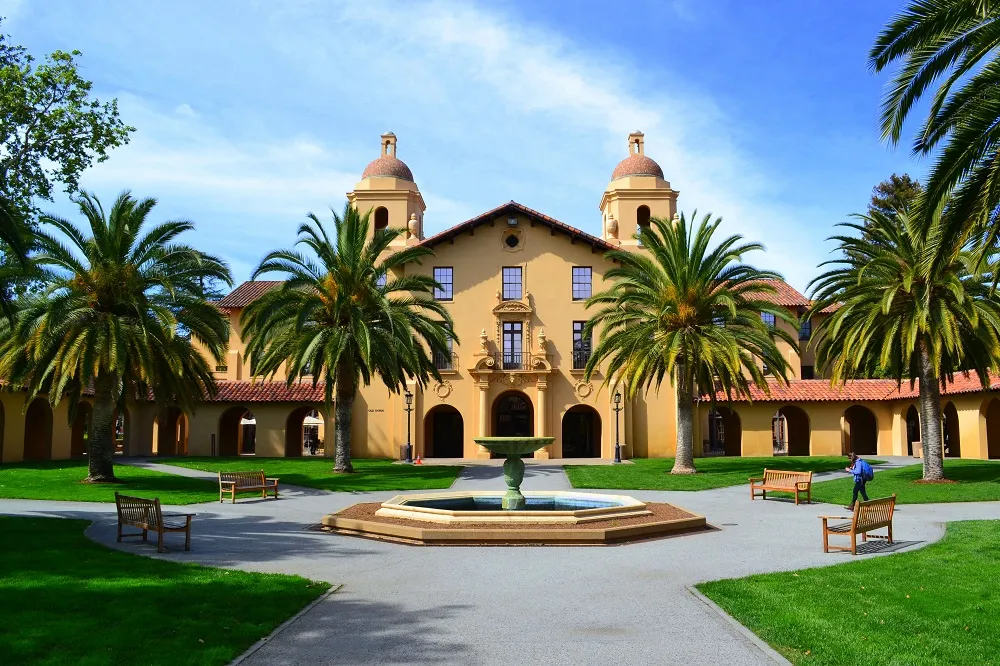Table of Contents
The past few years have seen scandal after scandal harm the Stanford administration’s reputation. From its handling of COVID-19, to the resignation of our President, to the "death of fun” on campus, we can’t seem to catch a break. Yet, despite the lament of many students, we have seen progress in recent months. The administration is planning to rebuild the heart of campus, even taking student feedback this time! On-Call Café has been a resounding success. The “Abolish Greek Life” movement has rightfully fallen off the face of the earth. However, there still remain some simple steps the administration can take to restore Stanford as a place of quirky, curious students who look to change the world and build lasting connections along the way.
We have always been different from other elite universities in this way. Our peer institutions on the East Coast face harsh winters and have long traditions of drinking clubs and smoky rooms. While there is a place for that, that place has never been Stanford. We were the West Coast upstart university from the beginning, with palm trees and a raucous band—always a little off the beaten path. So how do we, as a university, return to that place? How do we return to Stanford’s “Hello Spirit"? By supporting the environments that allow students to organically form communities.
Take the neighborhood system. Initially designed to help Stanford students maintain their freshman year dorm communities, it ultimately overcomplicated housing, wasted funds on expensive events, and is now being gutted, though kept as a skeleton so as to not admit total defeat. While the administration may have had good intentions initially, it is clear this experiment did not work, and that community must be sustained in other ways. What lesson has the system’s failure taught us? Look to the areas where student life is vibrant, and further invest in those areas instead of manufacturing artificial spaces.
Ask almost any Stanford undergrad their favorite part about Stanford, and you’ll likely receive the same response across the board: “The people!” Having killed themselves in high school to gain admission to Stanford, students suddenly find themselves slightly more relaxed, able to meet individuals from all walks of life, and ready to pursue their passions—or perhaps find new ones. One of the most popular ways that students engage with the campus community is through athletics. And, while our Division 1 athletics are exceptional, the camaraderie found on a sports team should not be limited to varsity student athletes, only a small fraction of Stanford’s population. Stanford boasts a strong club sports program of over forty teams. Ranging from figure skating and pickle ball to Brazilian Jiu-Jitsu, there exists a little something for everyone. As a Stanford alpine ski racer myself, I know firsthand the ways that club sports organically and effectively build community.
First, many of our teams unite students from all skill levels within the same sport. Take the ski team which is composed of both racers who spent their entire childhood competing and racers who did not put on skis until college. The team is a chance for competitors who experienced competitive burnout to appreciate their sport for its fun side, and an opportunity for newbies to pick up a brand new activity. For those in the middle, club sports are a chance to improve.
Once on a team, students are immediately in a pool of individuals with whom they have something in common: an interest in the same sport. As opposed to an artificial “neighborhood” where the only thing you have in common are housing options, teammates have something concrete connecting them. Athletes train together, compete together, and even eat meals together, allowing them to strengthen their bonds both on and off the field.
And then there are the health benefits—mental, physical, and emotional. We know from countless studies that physical activity offers myriad advantages for our physical and emotional health (think runner’s high, channeling anger through healthy competition, endorphins, etc.).
Finally, at a school that promotes equity, the funding for club sports offers opportunities that students would not have elsewhere. Covering travel and gear costs for students opens up sporting options that high school never could, and our wealthy university can afford to provide us with many valuable experiences. So, if we want to attend the Stanford we were promised when we applied, the administration needs to invest in the solutions that already work. Let’s start with club sports.









